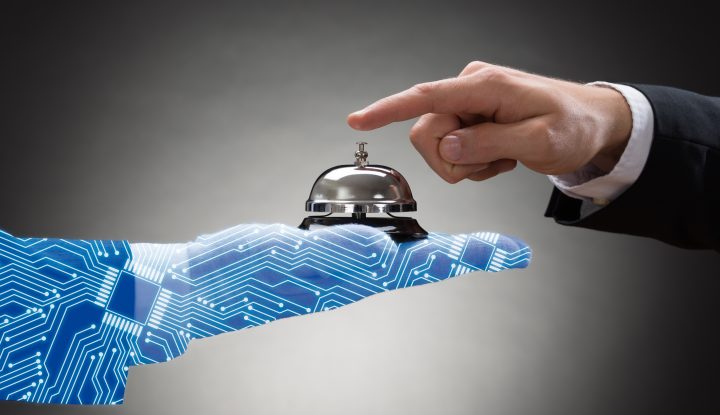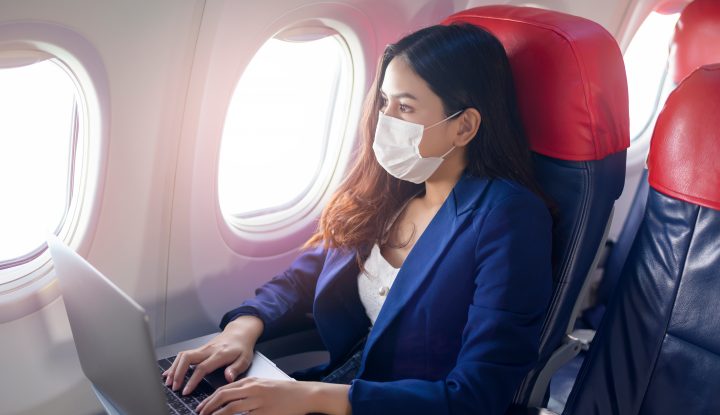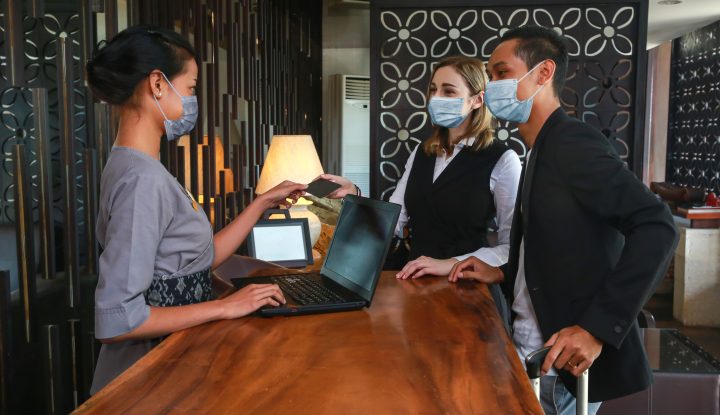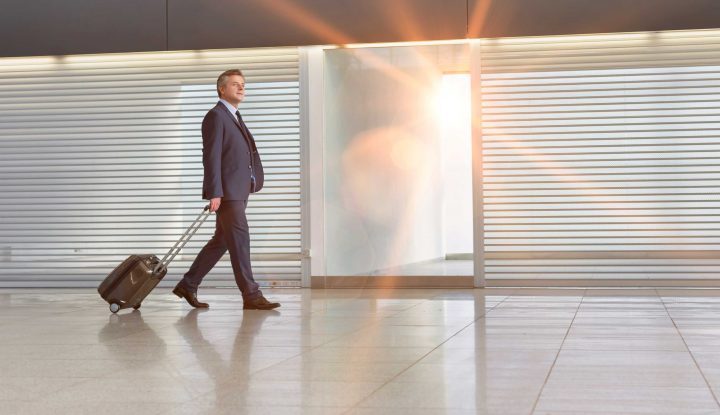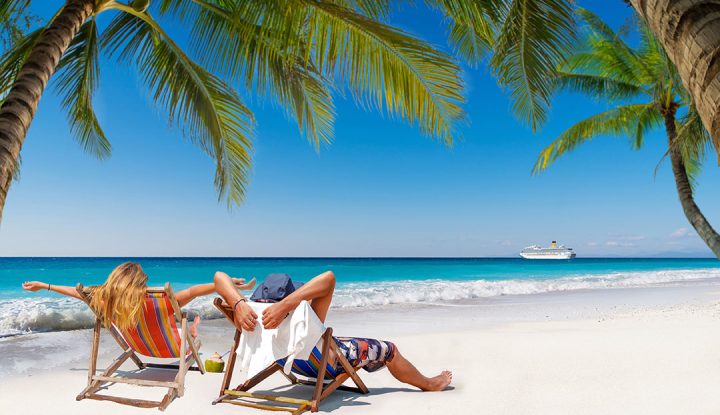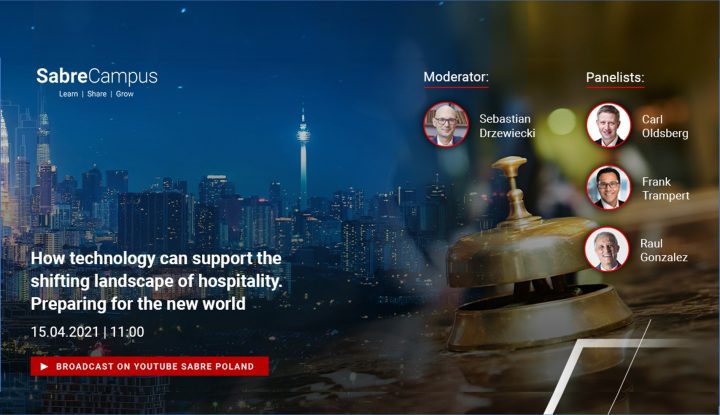There’s no denying that the current world-changing pandemic has brought the travel industry to a screeching halt. We have seen a once-in-a-lifetime near-total stoppage of tourism, owing to travel bans, hotel, and cruise ship quarantines, and grounded flights in many regions of the world.
But the early glimpse of demand recovery in APAC fuels us, in the Americas, with optimism. In Europe, consumers are starting to envision their next trip as some countries move to relax lockdown restrictions. North American travelers still have trips booked for June through December 2020.
1
So let’s understand how hoteliers emerge from the current crisis, building on the key lessons learned from the past and articulating a plan for the road to a strong recovery.
Outlook and Future Expectations
We know the world is not coming to an end. Travel will be back, and we expect the recovery to be an elongated “U”. In particular, we believe hotels will lead the recovery for the tourism industry, far sooner than airlines and cruises, with leisure travel to local getaways as the earliest sign of returning demand
2. Here are some shifting traveler trends to expect in the near future:
- Travel becomes hyper-local
- Leisure returns before Business Travel
- Domestic returns before international
- Transient returns before Group Travel
- Shortened Length of Stay (LOS) patterns
- Purposeful vs. aspirational travel
- Resilient Millennials and Gen Z
- Cautious Boomers and Gen X
What Should Hoteliers Do and Not Do?
Learning from the past economic crisis, the two most common mistakes hoteliers should strive to avoid are:
- Panic-driven decisions: They almost never work as intended
- Drastic price drops: These do not change demand, and only prolong the recovery
When strategizing your approach to revenue management, sales, and distribution, successful tacticians function in a pre-opening mindset, rather than a closure or recession mentality. Thinking like a pre-opening hotel allows for decisions and strategies to be approached differently and more aggressively because you make a plan and stick to it in the absence of demand data. A similar situation will exist for your strategies over the coming months.
Plan Your Recovery and Work Your Plan
The next 60 days will likely be the most important and consequential in determining the future success of your property. Embrace this opportunity to challenge existing norms and align expectations and intended results.
- Consider the shifting market dynamics we addressed earlier as you revise your plans.
- Reassess your customers – Who is traveling today versus in 6 months? Where are they booking? What is their motivation?
- Rethink your competitors – Who is your functional instead of your aspirational comp set? Who are you truly competing with for business? Who is still relevant? Who is trying to steal your guests? Take time now to ensure that you are thoughtful in understanding who you are competing with for each strategy you deploy.
- Re-evaluate your distribution – Consider the returning strength of online travel agencies. Is your channel and segment strategy optimized for shifting customer demographics? Be humble and look at non-traditional markets, including previously dismissed revenue sources. Focus on what differentiates your hotel from your competition; invest smartly to gain more visibility and be easily bookable.
- Your Pricing Strategy Is Paramount—In the current environment, prices will have little effect on travel demand. Also, historically, ADR recovery is twice as long as RevPAR recovery. Be faithful to your ADR strategies and consider these ideas before you institute price drops:
- Inclusions, not reductions – Packages and bundles drive additional value to the customers without price drops. They can be easily removed when demand returns, thus protecting ADR for future demand recovery.
- Understand Cost per Occupied Room (CPOR) and impact of rate changes – For every $10 reduction in rate, how many more rooms need to be sold to break-even in revenue and profit? Use this metric to push back when you are asked to drop rate just for the sake of “building occupancy”.
Smart Strategies to Reach Future Guests
In order to be successful in the long run, hoteliers must sell their way out of this crisis. This requires an investment in people and maintaining visibility in key marketing channels. Consider the following to reach your shifting demographics:
People – Nothing is more important than retaining, or returning as soon as possible, the leaders in sales and revenue management who can strategize what it will take to win. You must have your A-Team on board if you want to have A+ strategies.
Digital Marketing – Be first back in the game and focus your spend on “bottom of the funnel” campaigns (SEO, Meta, and Brand Paid Search).
Social – Be mindful that Inspiration (like family and purposeful travel), not aspiration (like Instagram-able trips), is the norm for travelers for now. Understand your target audience, listen to their inspirations, and tailor your messages.
Local – The first signs of recovery will be hyper-local. Double down on local marketing and getaway sites like TripAdvisor, T/A Business Listings, TravelZoo, Groupon Getaways. Get to know your guests, and sharpen your geo-specific marketing campaigns.
GDS Media – As business travel returns, compliance with company T&E programs will be vital. Travel agents will be more relevant than ever; reach them quicker through preferencing products like Sabre Spotlight to ensure you maintain first-page search visibility.
Sales – Update your business plan to target new business segments. Focus on your changing target markets, updating marketing campaign calendars, redefining group strategies and enhancing travel agent commission incentives. Once you define a group pricing strategy, stick to it despite any growing pressures to “close business at any price.”
Preparing for the Return of Traveler Demand Begins Now
Undoubtedly, travel will return. Families will vacation again. Business travelers will see customers again. Meetings will fill your ballroom again in time. Now is the time to look outside our industry’s plight and take confidence in our mobile- and social-driven world, which promises a strong return of the hospitality industry. Now is the opportunity to prepare and to lead its return.
If you need additional advice or have questions about ways your hotel can prepare to launch into recovery, the team at Sabre is here to help chart your successful path forward.
1: Recent PhocusWire survey shows that 45% of US travelers still have trips booked for June through December 2020, and 61% feel comfortable traveling internationally over the next six months if restrictions are lifted.
2: A recent survey by MMGY for the US Travel Association showed that 68% of the responders felt safe traveling in their car, compared to just 14% for domestic flights and only 10% for international flights. This supports the importance hotels will play in recovery as leisure travel to local getaways will be the earliest sign of returning demand.

